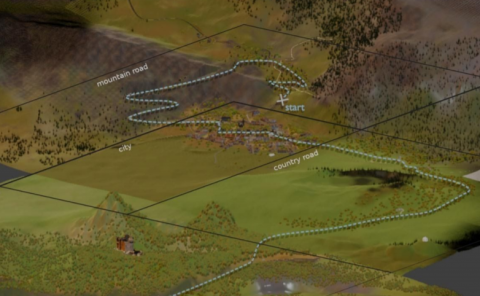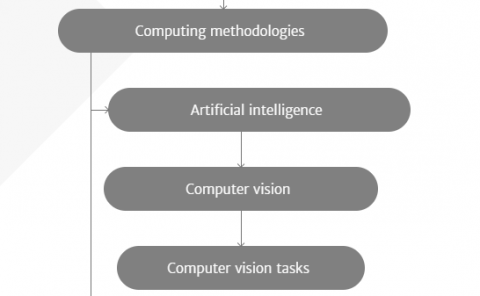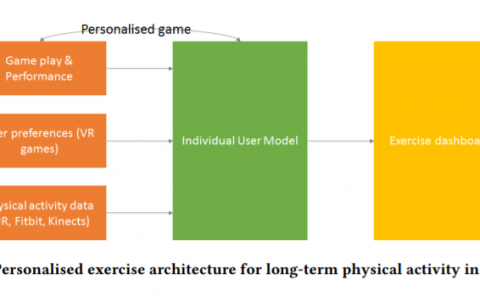Augmenting spatial skills with semi-immersive interactive desktop displays: do immersion cues matter?
PubDate: March 2015
Teams: Drexel University;Wellesley College
Writers: Erin Treacy Solovey;Johanna Okerlund;Cassie Hoef;Jasmine Davis;Orit Shaer

Abstract
3D stereoscopic displays for desktop use show promise for augmenting users’ spatial problem solving tasks. These displays have the capacity for different types of immersion cues including binocular parallax, motion parallax, proprioception, and haptics. Such cues can be powerful tools in increasing the realism of the virtual environment by making interactions in the virtual world more similar to interactions in the real non-digital world [21, 32]. However, little work has been done to understand the effects of such immersive cues on users’ understanding of the virtual environment. We present a study in which users solve spatial puzzles with a 3D stereoscopic display under different immersive conditions while we measure their brain workload using fNIRS and ask them subjective workload questions. We conclude that 1) stereoscopic display leads to lower task completion time, lower physical effort, and lower frustration; 2) vibrotactile feedback results in increased perceived immersion and in higher cognitive workload; 3) increased immersion (which combines stereo vision with vibrotactile feedback) does not result in reduced cognitive workload.



